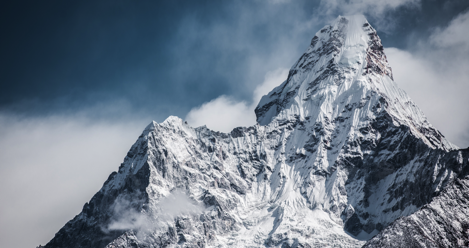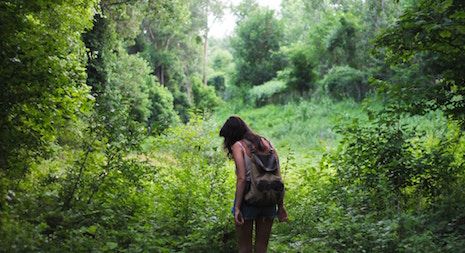
Trekking Books Have a Diversity Problem
I have always been a sucker for adventure memoirs. Books where people—usually solo or with only a friend—take on an ambitious adventure. If it’s isolated, slightly dangerous, full of soul searching, and brimming with almost pornographic descriptions of the natural landscape, count me in.
In January I finished a couple of trekking books. The first: To Shake the Sleeping Self: A Journey from Oregon to Patagonia, and a Quest for a Life with No Regret by Jedidiah Jenkins. It is about a young attorney who bikes 14,000 miles (give or take) across desserts, jungle, mountains and coastline to try to come to terms with his family history, his sexuality, and his identity.
The next was Lands of Lost Borders: Out of Bounds on the Silk Road, which I geeked out on for long stretches at a time. It tells the story of Kate Harris and her friend Mel who bike along the Silk Road. The two wear masks to avoid harassment in China, then sneak into Tibet and pedal the highest mountain range in the world. Along the way, Oxford educated Harris is caught wonderfully between fangirl and critic for major wilderness experts and old explorers, including Darwin, Marco Polo, William Cronon, and others.
While these were great additions, my all-time favorite is still On the Trail of Genghis Khan: An Epic Journey Through the Lands of Nomads by Tim Cope. Cope rides horses across the entirety of the former Mongolian Empire, from Mongolia to Hungary. As I read, I fell hopelessly in love with his horses and the black and white dog that adopted him, named Tigon.
Yet when I went to try to diversify my obsession with these muddy boot tails, I couldn’t find authors of color. I dug, and I dug, and other than a few mentions of upcoming titles there wasn’t anything to read. I want to find Latinx voices about wide open spaces; I want black stories of leaping into the wild and indigenous adventure tales. I want a version of Cheryl Strayed’s Wild or Rory Stewart’s The Marches (which are both excellent by the way) told from the perspective of authors who don’t fit the mold.
While it is, of course, important to note access, culture, money, and safety among minority groups and these big adventures, there is a narrative issue here as well. Yes, trekking books is a white genre; they are still deeply entrenched in many of the western ideas of nature and wilderness. If you head down a trail or into an REI, the spaces themselves are often curated with an affluent European sensibility. Why hike and sweat and be alone in a place that screams, “You do not belong here!”
Still, this is starting to change, and it must change if we want to save our open spaces and wild adventures. Books like J. Drew Lanham’s The Home Place or Trace by Lauret Savoy aren’t exactly trekking books, but they are starting to make space for authors of color in the natural landscape. Groups such as Unlikely Hikers are also pushing against the boundaries of hikers and adventures. So please, dear readers, write your trekking book or send me suggestions, and get out there and get mud on your boots.















